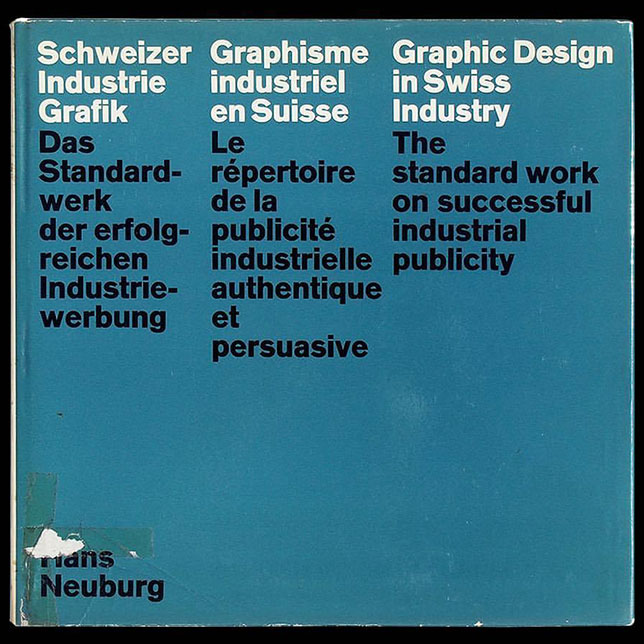William-Adolphe Bouguereau, (
1825-1905), French painter, a dominant figure in his nation’s academic painting during the second half of the 19th century.
Bouguereau entered the École des Beaux-Arts in 1846 and was awarded the Prix de Rome in 1850. Upon his return to France from four years’ study in Italy, he attracted a wide following with his mythological and allegorical paintings, although his portrait paintings are perhaps held in higher esteem today. His work was characterized by a highly finished, technically impeccable realism and a sentimental interpretation of his subject matter.
Bouguereau received many honors in the 1860s and ’70s as his career progressed; he exhibited regularly at the Salon for several decades and became for a time the most famous French painter of his day. As a proponent of official orthodoxy in painting, he played a major role in the exclusion of the works of the Impressionists and other experimental painters from the Salon. In his later years, he decorated the chapels of several Parisian churches and painted religious compositions in a Pre-Raphaelite style. He exerted a wide influence, not only in France but in other countries, particularly the United States. In 1876 he was made a member of the Academy of Fine Arts.
Modern critics tend to assess Bouguereau as a painter who sacrificed boldness of technique and originality of outlook for a highly polished but conventional treatment of the human form. In his own time, Bouguereau was considered to be one of the greatest painters in the world by the Academic art community, and simultaneously he was reviled by the avant-garde. He also gained wide fame in Belgium, Holland, Spain, and in the United States, and commanded high prices.
Bouguereau's career was a nearly straight up ascent with hardly a setback. To many, he epitomized taste and refinement, and a respect for tradition. To others, he was a competent technician stuck in the past. Degas and his associates used the term "Bougeuereaute" in a derogatory manner to describe any artistic style reliant on "slick and artificial surfaces". In 1900, Degas and Monet reportedly named him as most likely to be remembered as the greatest 19th-century French painter by the year 2000, according to chairman Fred Ross of the Art Renewal Center - although, with Degas' famous trenchant wit, and the aesthetic tendencies of the two Impressionists, it is possible the statement was meant as an ironic comment on the taste of the future public.
Bouguereau's works were eagerly bought by American millionaires who considered him the most important French artist of that time. But after 1920, Bouguereau fell into disrepute, due in part to changing tastes and partly to his staunch opposition to the Impressionists who were finally gaining acceptance. For decades following, his name was not even mentioned in encyclopedias.
© 2020. All content on this blog is protected by international copyright laws All images are copyrighted © by William-Adolphe Bouguereau or assignee. Apart from fair dealing for the purpose of private study, research, criticism or review as permitted under the Copyright Act, the use of any image from this site is prohibited unless prior written permission is obtained. All images used for illustrative purposes only
 |
Mr. William-Adolphe Bouguereau. 1879
|
 |
| Égalité devant la mort (Equality Before Death). 1848 |
 |
| Amour fraternel. 1851 |
 |
| Charité. 1859 |
 |
| Le Jour des morts. 1859 |
 |
| Faneuse. 1869 |
 |
| L'IItalien a la mandoline. 1870 |
 |
Jeune Italienne puisant de l'eau. 1871
|
 |
| Nymphs and Satyr. 1873 |
 |
| Après le bain. 1875 |
 |
| Little Girl. 1878 |
 |
| La Charité. 1878 |
 |
| Nymphaeum. 1878 |
 |
| Les Enfants à l'Agneau. 1879 |
 |
| La Baigneuse. 1879 |
 |
La Frileuse. 1879
|
 |
Portrait de Mademoiselle Elizabeth Gardner. 1879
|
 |
| The Birth of Venus. 1879 |
 |
| A Young Girl Defending Herself Against Eros. 1880 |
 |
| Song of the Angels. 1881 |
 |
| Fishing for Frogs. 1882 |
 |
| Biblis. 1884 |
 |
| Seated Nude. 1884 |
 |
| The Young Shepherdess. 1885 |
 |
| Les Deux Baigneuses. 1884 |
 |
Thirst. 1886
|
 |
| The First Mourning. 1888 |
 |
Les murmures de l'Amour. 1889
|
 |
| Psyche et L'Amour. 1889 |
 |
A Little Coaxing. 1890
|
 |
| Gabrielle Cot, daughter of Pierre Auguste Cot. 1890 |
 |
The Invasion. 1892
|
 |
| Bacchante. 1894 |
 |
Daisies. 1894
|
 |
The Shepherdess. 1895
|
 |
The Wave. 1896
|
 |
| L'admiration. 1897 |
 |
| Inspiration. 1898 |
 |
Sewing. 1898
|
 |
The Virgin With Angels. 1900
|






































































